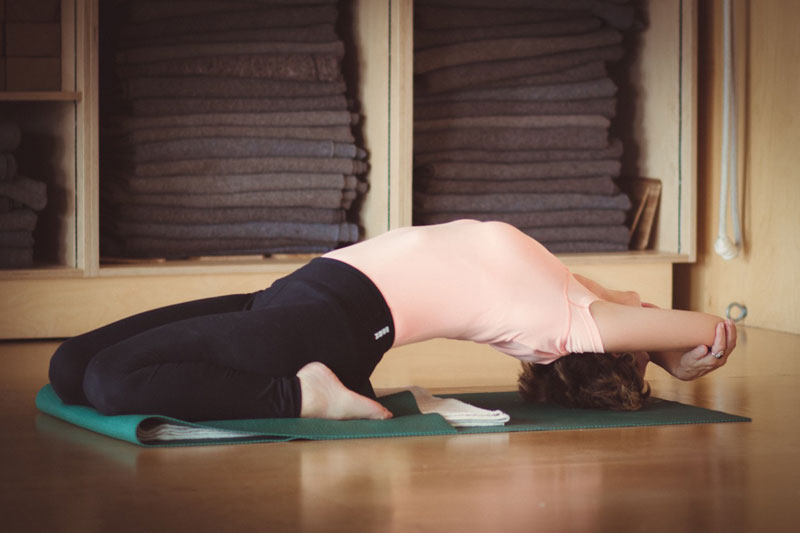Why backbends?
by Terri Damiani
B.K.S. Iyengar stated, “Backbends are to be introduced when the body is trained, tuned and toned to such an extent that it accepts the pose”. “In backbends one touches the body physically, mentally, intellectually, consciously and spiritually everywhere.”
Exhilarating — my experience of backbends at my first ever full-weekend workshop. That Sunday morning, after the body was opened and the mind ripe, I was transported to another layer of penetration beyond the skeletal and muscular systems; the subconscious mind was made conscious through backbends. Mental limitations imposed by the mind were smashed. What happens on the mat in an asana can be an analogy for your life.
Svadhyaya, or self-study, is the niyama that encourages a yogi to use their practice as a laboratory to study from the skin to the core.
It wasn’t until I participated in a workshop several years later with Father Joe Pereira, a direct lifetime student of Iyengar (his foundation Kripa features prominently in he film Iyengar: The Man, Yoga and the Students Journey), that the connection of the mind and backbends was elucidated. Backbends are a turning point in Father Joe’s work with addicts. This family of poses requires courage, trust, and will power; the mind is inverted and the discriminative quality is developed—thus a certain level of maturity of practice is necessary to reap the benefits of bending backwards.

If you’re curious about awakening the body, mind and intelligence by diving into backbends, I would encourage you to integrate backbends in your home practice and treat yourself to a backbending workshop.

